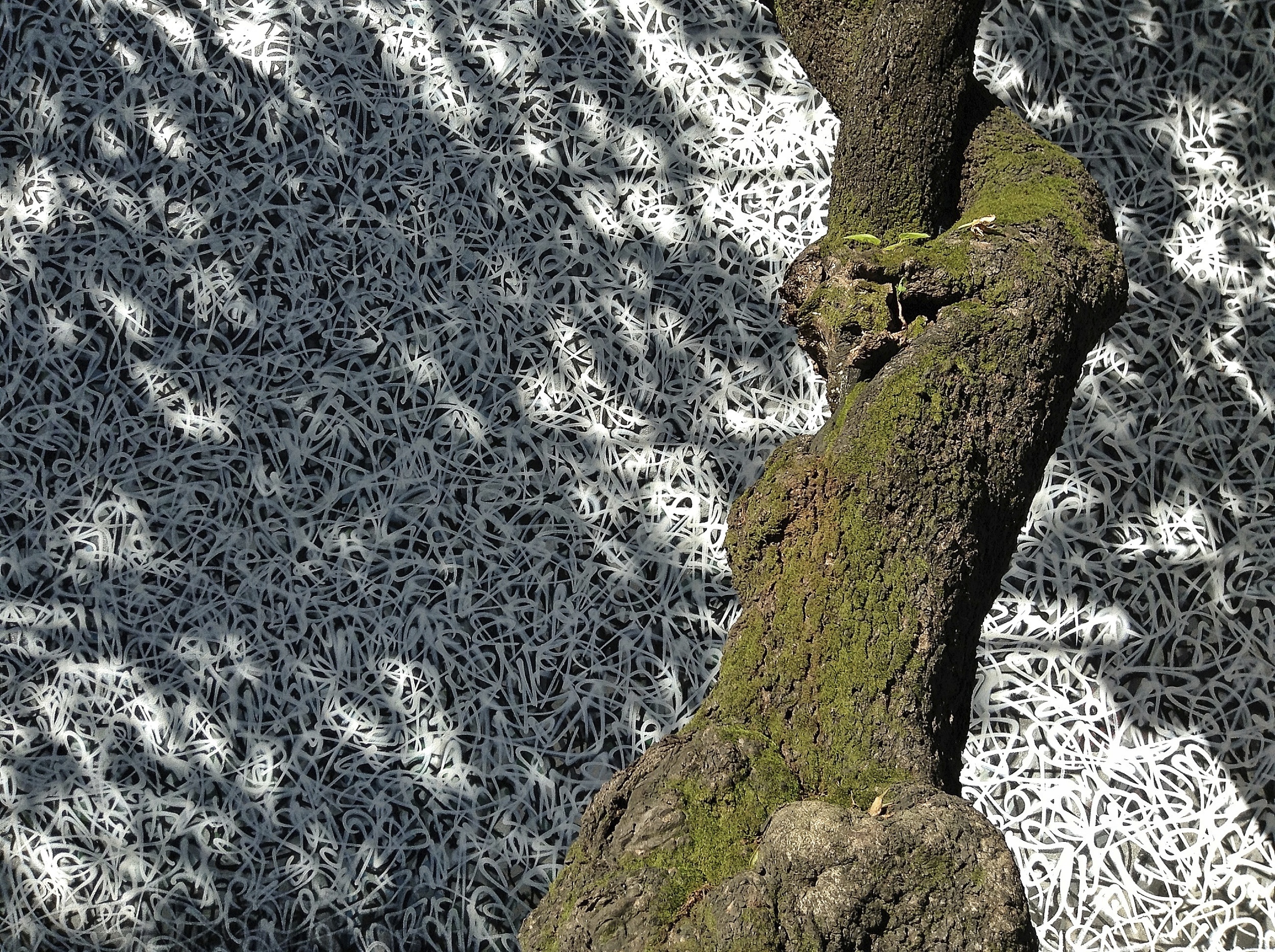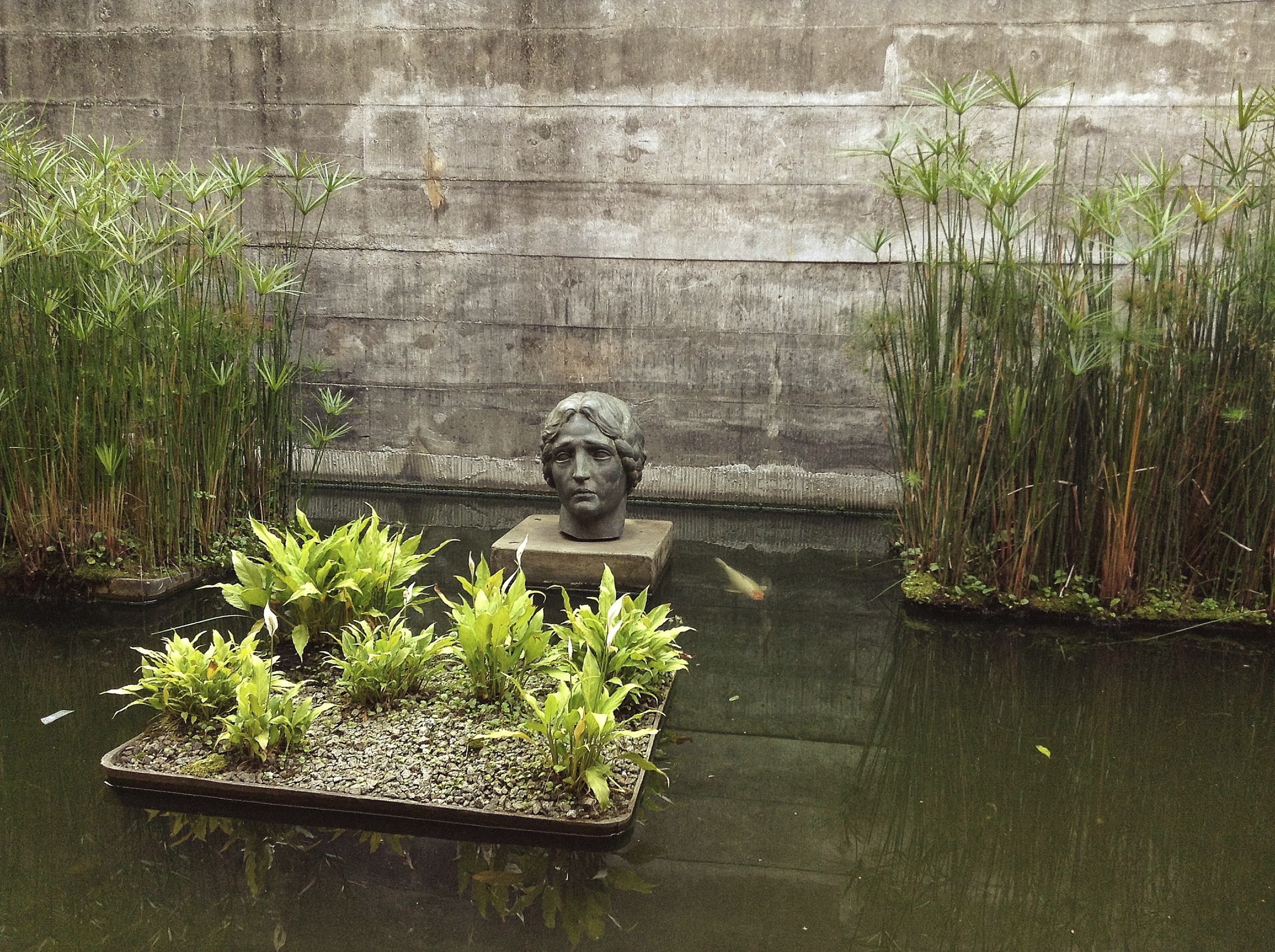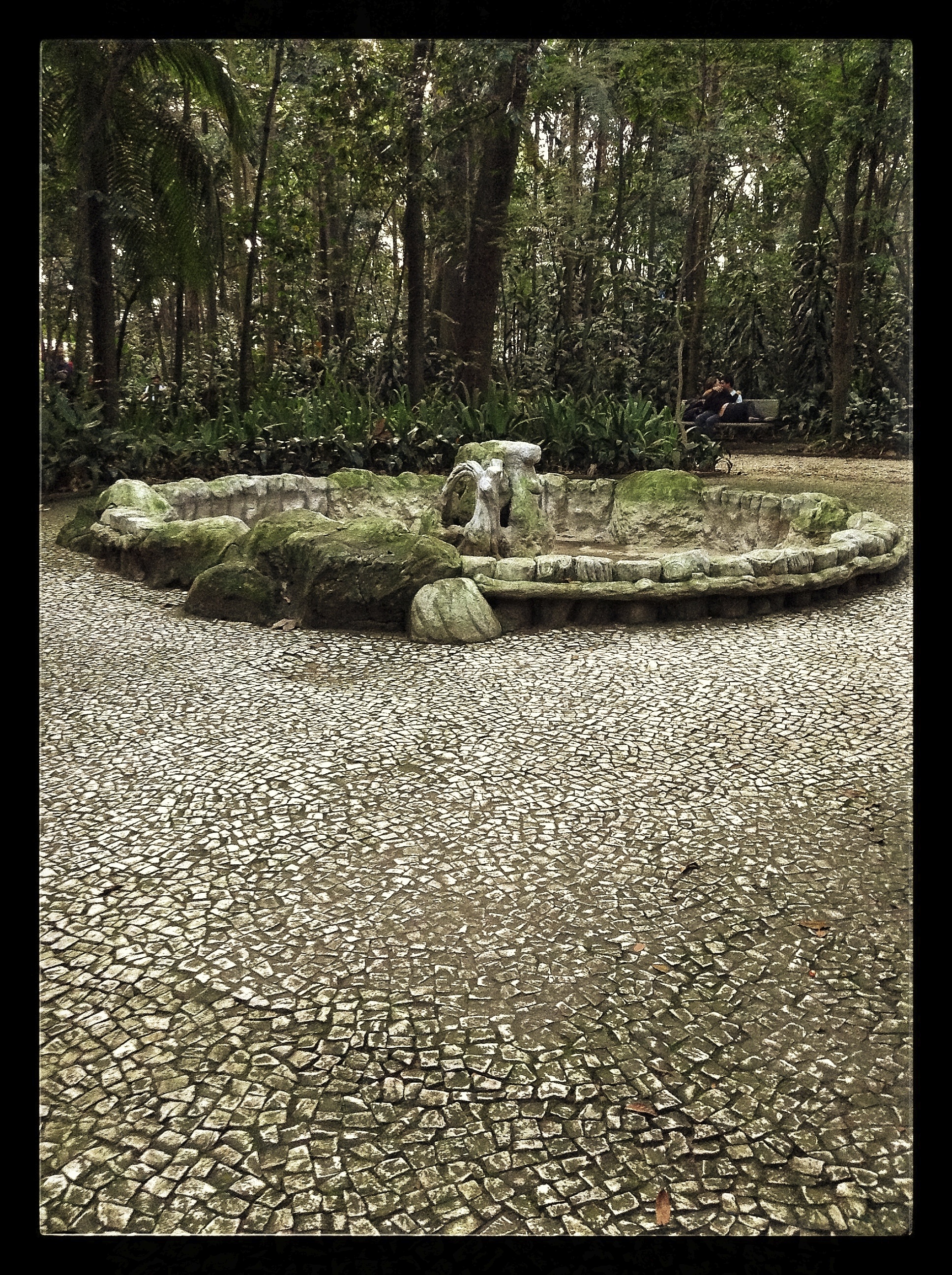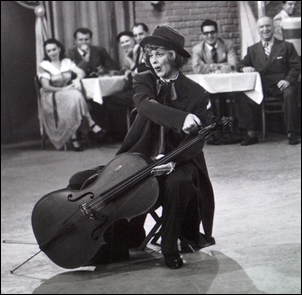Three Meditations on Rhythm & Flow
An excerpt from my work-in-progress The Integrated Writer
(and you can read it too, even if you aren't a writer!)
Timing is everything. But what is timing? It's a sort of synching of body, mind, space, and time. Find your rhythm, and things will flow. Here are some ways for you to practice the art of synching . . . and feeling good in your life and in your work.
First Meditation: You’re the Task
Choose a time-consuming and attention-demanding household task: cleaning the living room and kitchen after a big party; washing, drying, ironing, and folding several laundry loads; sorting through a year’s worth of tax receipts; writing letters, postcards, and e-mails to two dozen correspondents. The aim of the game is for you to undertake the task in an even mood, clear-headed and constructive, taking as much time as you need to accomplish the whole task without doing dumb things—breaking a glass, putting a new red skirt with a load of whites, mistakenly throwing away an important bank statement, stuffing the wrong letter inside an addressed envelope.
If you rush, you make mistakes. If you drag, you lose interest. How to avoid both?
Spread your attention so that you keep many things in mind at the same time: the task itself, with its many requirements; the environment of time and space, be it kitchen, basement laundry room, or office desktop; and, most important of all, your own self, your physicality in back, legs, and arms, breath, sight, hearing, touch.
Let’s say you’re hand-washing two dozen crystal glasses which you really, really don’t want to break. Normally you take a glass, dump its contents down the drain, soap it, rinse it, put it on the rack, then dry it and put it away. In this meditation you take a glass in your hands and immediately notice the feeling of the stem against your fingers, and also the feeling of your fingers as they wrap the stem. Beyond your fingers you feel your whole hand, your wrist, your arm; you turn the glass to empty it into the sink, and you marvel at the mobility of your arm, how its parts are at the same time independent yet connected. You sense how the arm belongs together with the shoulder, the shoulder with the back, the back with the pelvis and legs; holding a glass, turning it, emptying it are all gestures of your whole body. Every little motion of your hand is a pleasure, an adventure, a discovery. Every glass you wash is a celebration of your whole self. The task becomes amazingly agreeable; you feel as if you could wash glasses for the rest of your life. And you end up accomplishing the task perfectly.
The more experienced you become in being attentive to yourself as you perform a task, the less time you’ll need to perform the task. But to get there you’ll need trust, faith and perseverance. It’s not easy to believe that taking time to be centered is the most time-saving device there is.
Second Meditation: More Reception, Less Acquisition
Choose a museum or art gallery to visit. Ideally you’d go to a fine museum showing a first-rate, must-see temporary exhibit: a Cézanne retrospective, a big Brancusi display, something bold and ambitious and exciting, spread over a large surface encompassing several rooms, perhaps two floors or more.
Enter the exhibit and walk through it at a steady pace, unhurried but also unhesitant. Do several rounds of the whole show, and visit an individual room again and again if you wish. But you must never stop walking, never plant yourself in front of a painting or sculpture, never study something up close or in detail. Take in the whole environment, the gallery’s architecture, the way natural and artificial light intermingle to illuminate the artworks, the smell of floor wax and turpentine. Watch the museumgoers, the couples, the bored children, the horny man stalking a young woman who obviously attends art school, the guards sitting at their stools with walkie-talkies hanging from their belts. See the paintings as well, note their shapes and colors, the way they occupy the walls. And don’t stop walking, ever. Stay a good hour inside the galleries, walking, watching, perceiving.
The object of the game is flow plus observation: taking in everything without letting yourself being drawn in by anything; developing an open mind, observant, attentive, mildly discerning but not acquisitive, dispassionate and disinterested—and therefore tremendously astute. In this game, the flow of locomotion and observation becomes more important than attachment, analysis, detail, all those traits of an acquisitive mind that wants to own something for itself by discerning and judging. Let it all be, let it all go; not through indifference, but through detachment.
Needless to say, the writer in you can then approach every writing task with the same mind. The flow of stimulation is permanent; the desire to acquire, to judge, to control is permanent; the duty to keep the mind open is permanent. But instead of acquiring, judging, and controlling, your observant and equitable mind lets everything go by.
After you finish the meditation at the museum, take a break, visit the museum’s coffee shop, have a little caffeine and sugar; then return to the exhibit and look closely at a few of the artworks. Love some, hate others, imagine what it’d be like to live in a big downtown loft full of exquisite Brancusis. Then go home and write.
Third Meditation: Organize Slowly, Execute Quickly
Make a sizable shopping list, including a variety of items such as fresh and canned foods, paper goods, toiletries, and so on—let’s say your family’s need for a whole week. Go to a supermarket you’ve never been to, even if you have to drive out of your way. With your shopping list in hand, walk through the supermarket without a cart, not taking anything in your hands, but just finding out where everything is and making choices of brand, flavor, and quantities for every item on your list. In other words, stake out the new supermarket and get to know it, taking as much time as you need to locate and ponder every item you need. After you’ve made every single one of your shopping decisions, envision a one-way route thought the isles, without ever backtracking. Now take a shopping cart and execute every decision without hesitation, without changing your mind, without adding new items or leaving any behind: bam-bam-bam-bam-BOOM. The purpose of the exercise is to become able to make a comprehensive plan—however long it takes to make it—and to execute it unflinchingly, and as fast as you can,
There will be plenty of times in your life, both as a writer and otherwise, when the planning/executing skill will come in handy. For instance, you’re researching a big project and you need to look at some materials at a library out of town. You can only spare two hours there, on your way to your in-laws’ for Thanksgiving dinner. If you know how to plan (which may take a long time) and how to execute (which may take no time at all) then you can make the best use of a difficult situation and optimize the resources at your disposal.
The meditation covers both strategy and tactics. (Strategy comes from the Greek strategia, meaning “generalship.” Tactics comes from the Greek taktikos, meaning “ordered, arranged.”) Strategy is all about establishing priorities and long-term goals. Tactics are the best moves to achieve your strategy. Although time is flexible and can be made to appear lengthy, in the end we all have a limited amount of time on this earth. Strategic and tactical skills create extra time to live, to work, and to enjoy your earthly existence.
Once you get good at planning and implementing a plan, you don’t have to be rigid about it. In the meditation I propose that you execute your shopping plan unflinchingly, without backtracking, without revising your decisions. It’s a good skill to develop. But in most tasks of daily life, to revise decisions is both needed and healthy. In other words, become good at being firm, become good at being flexible.
© 2015, Pedro de Alcantara









































